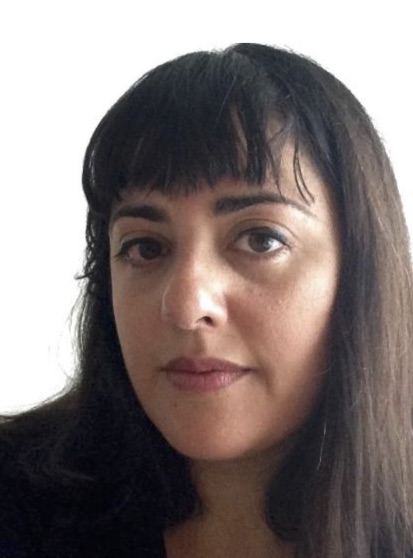


Electrochemistry represents the general framework for a wide variety of processes and phenomena, playing a crucial role in biology, materials science and technology. At present, vast research effort aims at expanding its reach in power generation, energy transformation and storage, through a variety of devices such as fuel cells, solar cells, batteries and supercapacitors. The further optimization of these devices is central to developing cleaner, cheaper safer and sustainable energy supplies for the 21st century. In most electrochemical (EC) systems, the coupled flow of matter and charge across the electrified interfaces, separating ionic and electronic conductors, converts chemical and electrical forms of energy. However, the detailed theoretical understanding of the basic phenomena occurring at electrified interfaces is still in its infancy. A prime example in this respect is our limited knowledge of the effect of an external bias applied to the electrolyte through the electrodes and the uncertain determination of activation barriers for charge transfer at interfaces.
In both cases the difficulty preventing a deeper understanding is the subtle interplay of electronic, ionic and thermal effects, pointing to ab initio simulation as the only approach suitable to achieve significant progress. My research follows precisely this approach in attempting to fill the gap between experiments and computational models of EC systems and processes.
In this talk I will introduce some issues connected with the simulation of the effect of an applied potential in an EC cell. I will present some recent progress in the simulation of the double layer of a prototypical Pt-water interface and its response to changes of potential applied to the cell. If time allows, I will illustrate how combining the non-equilibrium Green functions formalism and DFT power and accuracy can lead to a more sophisticated description of EC phenomena and a deeper understanding of how currents and EC polarization affect atomic dynamics.



Electrochemistry represents the general framework for a wide variety of processes and phenomena, playing a crucial role in biology, materials science and technology. At present, vast research effort aims at expanding its reach in power generation, energy transformation and storage, through a variety of devices such as fuel cells, solar cells, batteries and supercapacitors. The further optimization of these devices is central to developing cleaner, cheaper safer and sustainable energy supplies for the 21st century. In most electrochemical (EC) systems, the coupled flow of matter and charge across the electrified interfaces, separating ionic and electronic conductors, converts chemical and electrical forms of energy. However, the detailed theoretical understanding of the basic phenomena occurring at electrified interfaces is still in its infancy. A prime example in this respect is our limited knowledge of the effect of an external bias applied to the electrolyte through the electrodes and the uncertain determination of activation barriers for charge transfer at interfaces.
In both cases the difficulty preventing a deeper understanding is the subtle interplay of electronic, ionic and thermal effects, pointing to ab initio simulation as the only approach suitable to achieve significant progress. My research follows precisely this approach in attempting to fill the gap between experiments and computational models of EC systems and processes.
In this talk I will introduce some issues connected with the simulation of the effect of an applied potential in an EC cell. I will present some recent progress in the simulation of the double layer of a prototypical Pt-water interface and its response to changes of potential applied to the cell. If time allows, I will illustrate how combining the non-equilibrium Green functions formalism and DFT power and accuracy can lead to a more sophisticated description of EC phenomena and a deeper understanding of how currents and EC polarization affect atomic dynamics.